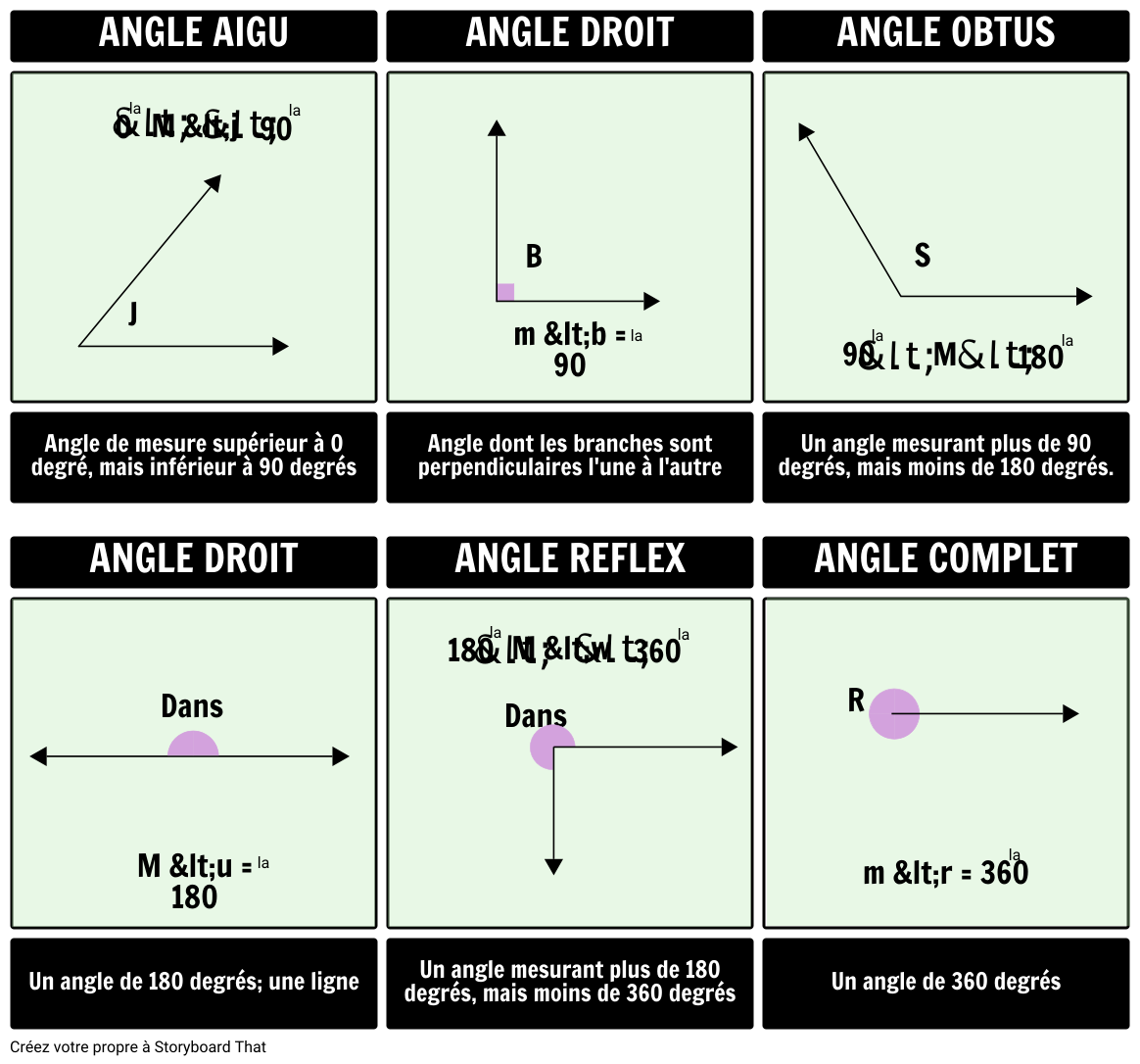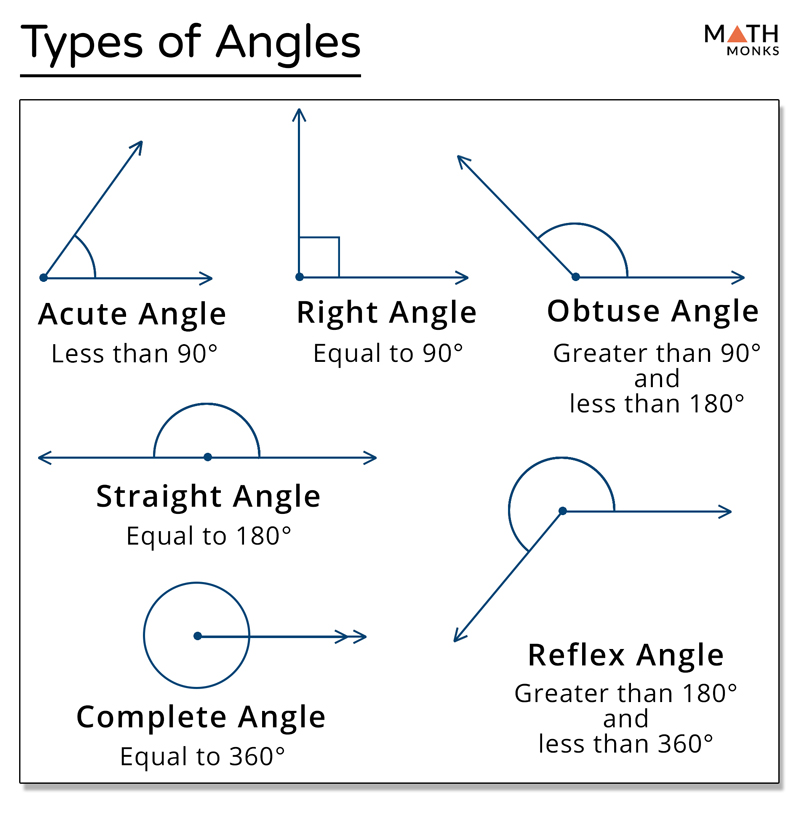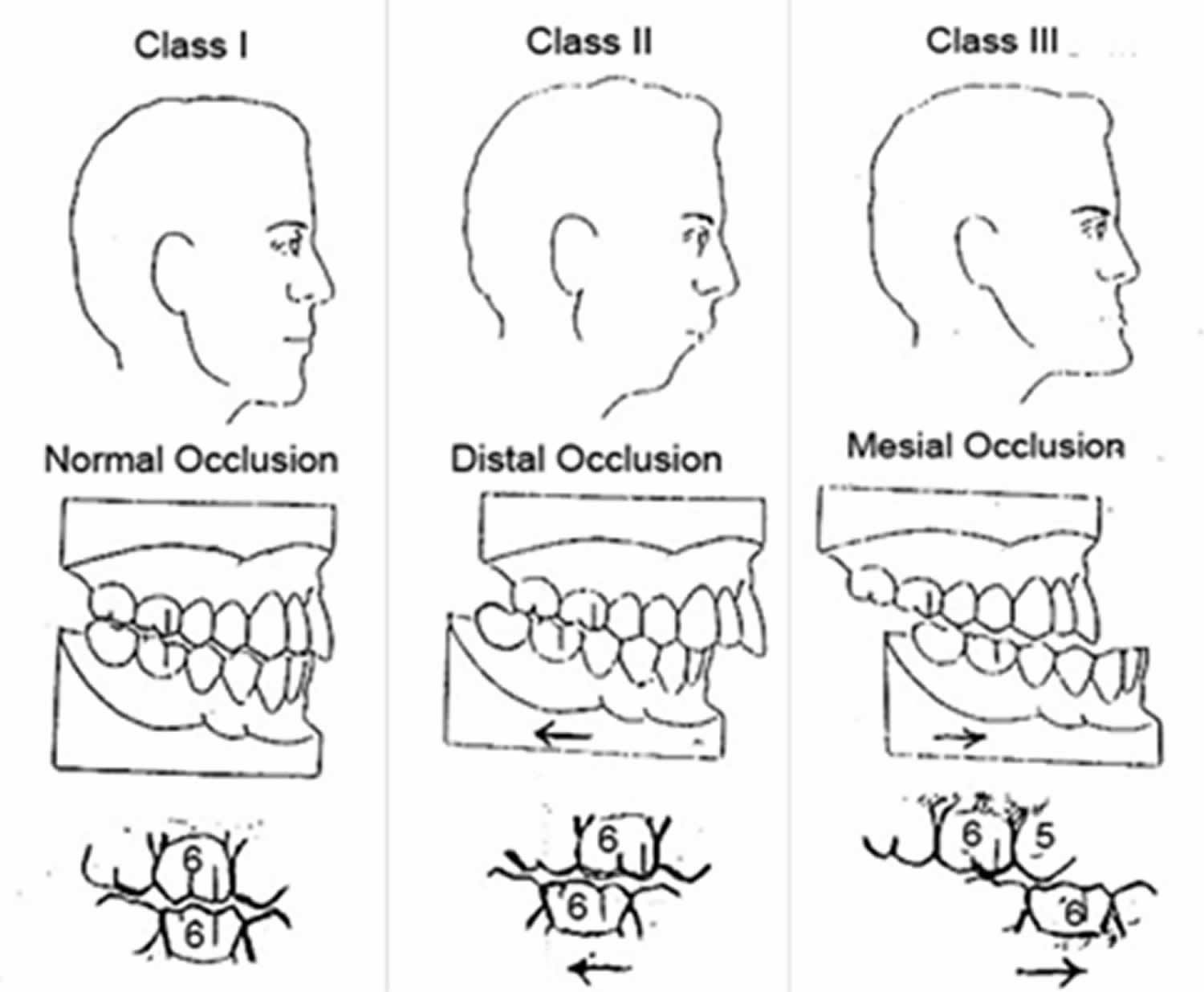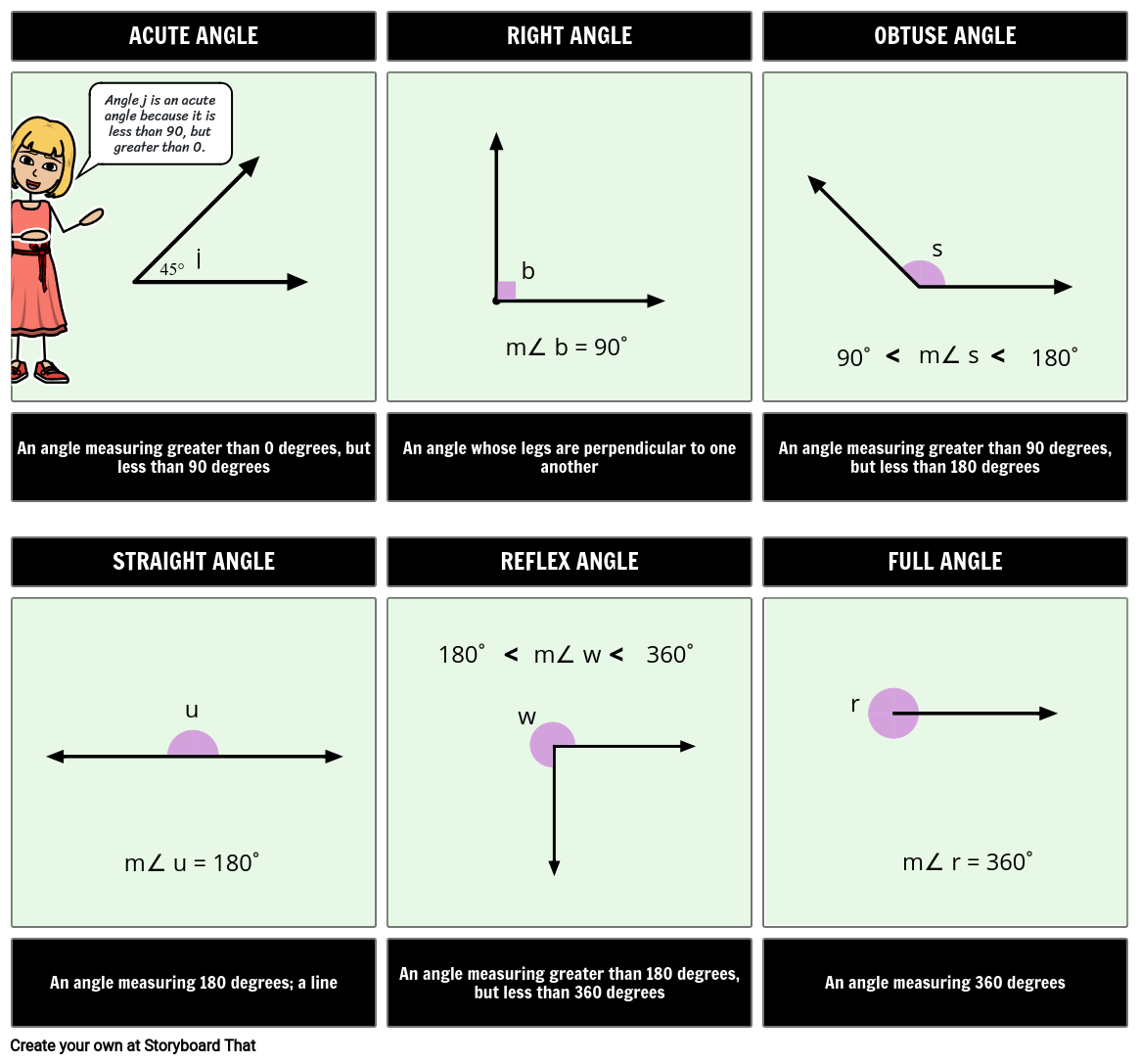
OCCLUSION YouTube
The chewing surface of posterior teeth are called occlusal surfaces, and the cutting edges of anterior teeth are called incisal edges. Each tooth has two proximal surfaces which are surfaces that face adjacent teeth. Proximal surfaces are mesial when they are closer to the midline of the mouth and distal when they are away from the midline.

How To Do Angles In Geometry Orlando Garrett's 6th Grade Math Worksheets
La classification d'Angle de l'occlusion Bien que datant du XIXème siècle, la classification d'Angle qui porte le nom de son concepteur est toujours utilisée par les orthodontistes. On y.

Identifier les Types D'activité des Angles
A reflex angle is an angle whose measure is greater than 180∘ 180 ∘. Figure 1.3.1 1.3. 1: Angles classified according to their measures. Notice that an angle can be measured in two ways. In Figure 1.3.2 1.3. 2, ∠ABC ∠ A B C is a reflex of 240∘ 240 ∘ or an obtuse angle of 120∘ 120 ∘ depending on how it is measured.

TYPES OF ANGLES/ CLASSIFICATION OF ANGLES YouTube
The right side is evaluated first, followed by the left side. Results: Of the 500 pretreatment study casts assessed 52.4% were definitive Class I, 23.6% were Class II, 2.6% were Class III and the.

Classification d'un angle selon la mesure GeoGebra
Angle's Classifications of Occlusion 2. In the early 1900s, Edward H. Angle classified occlusions using the relationship between the first molars of both arches as the key factor in determining occlusions. The three classes according to Angle's classification are as follows:. D. Class III malocclusion.

Angle’s Classification of Occlusion MEDizzy
1: Basics of Geometry 1.10: Classifying Angles

Bone apposition at the mandibular angle and grade classification... Download Scientific Diagram
Angle class I is seen in around 60% of the affected population and is the most commonly seen molar relationship. Depending on the case, symptoms of malocclusion can vary from mild to severe. Notable signs of malocclusion include misaligned teeth, speech problems, decreased masticatory function and efficiency, alteration from nasal to mouth.

Angles Gambaran
What is dental occlusion? Dental occlusion refers to the way in which the teeth line up with each other as the jaw goes from open to closed. So malocclusion.

Angle Definition and Types with Examples
Classifying Angles. By looking at the protractor we measure angles from 0 ∘ to 180 ∘. Angles can be classified, or grouped, into four different categories. Straight Angle: When an angle measures 180 ∘. The angle measure of a straight line. The rays that form this angle are called opposite rays. Right Angle: When an angle measures 90 ∘.

Retrognathism or retrognathia definition, causes, symptoms, diagnosis, treatment & prognosis
Scalene triangle: A triangle with all three sides of different measures (Figure 3). The types of triangles classified by their angles include the following: Right triangle: A triangle that has a right angle in its interior (Figure 4). Obtuse triangle: A triangle having an obtuse angle (greater than 90° but less than 180°) in its interior.
Angle's Classification. Download Scientific Diagram
Angle's classification Angle's classification: Class I Angle's classification: Class II, Division 1 Angle's classification: Class II, Division 2 Angle's classification: Class III Dynamic occlusion: lateral excursion Dynamic occlusion: canine guidance

Malocclusion dentaire de type classe 1 Bücco
Class II, Division 1: The anterior maxillary teeth are tilted forward or proclined, presenting a large overjet. Class II, Division 2: The anterior maxillary teeth are retroclined, creating a deep overbite. Class III malocclusion: The mesiobuccal cusp of the upper first molar falls posterior to the buccal groove of the lower first molar.

Occlusion dentaire et Malocclusion qui consulter ? → Orthodontiste Lyon 3 Montchat
Since 1907, the international community has used Angle's classification to assess the mesio-distal relationships of the dental arches. It is the basis of the diagnosis of malocclusion in the.

Pin on I D pour la classe
Angle's classification Several classifications of static malocclusion and misalignment have been used Worldwide. The most widely known occlusal classification system is Angle's classification. It was invented in 1899 by Edward Angle - the father of modern orthodontics.

Angle Classification 모마치과의원®
La classification d'Angle en orthodontie. La classification de E.H.Angle date de la fin du dix-neuvième siècle, elle est toujours utilisée par les orthodontistes bien qu'elle ait été complétée par d'autres moyens de diagnostic. Je ne suis pas un spécialiste en Orthopédie Dento Faciale, mais je peux vous résumer la classification d'Angle.

Introducing Angles Types of Angles How to Use a Protractor
Classification of angles on the basis of their degree measures are given below: Acute Angle: An angle whose measure is more than 0° but less than 90° is called an acute angle. Angles having magnitudes 30°, 40°, 60° are all acute angles. In the adjoining figure, ∠X0Y represents an acute angle. ∠X0Y < 90° Right Angle: